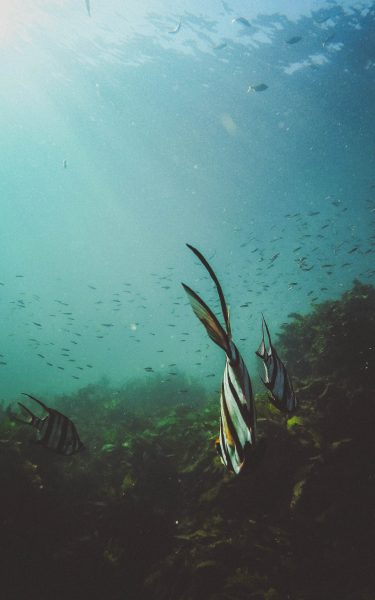Project 1.2 – The Influence of Oil and Gas Infrastructure on Ecological Connectivity in Marine Ecosystems
Overview
Full Project Title
The Influence of Oil and Gas Infrastructure on Ecological Connectivity in Marine Ecosystems
NDRI Reference
Project 1.2
Project Proponents
Australian Institute of Marine Science
Delivery
Q2 2021
Objective
The project will undertake a comprehensive literature review and expert elicitation process to document current knowledge of the influence of O&G infrastructure on ecological connectivity in marine ecosystems around the globe and in Australia’s north-west and south-east regions.
Knowledge gaps will be identified, and a 3-year Australian research agenda provided that may guide future research to better understand how ecological connectivity is affected by decommissioning of O&G infrastructure.
Background
The global oil and gas (O&G) industry has been operating in the marine environment for over a century and during this time many thousands of offshore wells have been drilled, hundreds of thousands of kilometres of pipelines laid and >900 large-scale platforms installed across the globe (Lange et al. 2014).
This infrastructure must be decommissioned in a safe and environmentally responsible manner at the end of its productive life, with some countries (e.g. Australia) requiring companies to investigate full removal in the first instance.
However, these structures are thought to provide habitat for many marine species and leaving them in situ may be beneficial. For example, in the North Sea and Gulf of Mexico, the extent of O&G infrastructure is thought to provide interconnected hard substrate (among infrastructure) (Henry et al. 2018).
Although research into the magnitude of effects this hard substrate system has on the regional ecosystem is underway (e.g. https://www.insitenorthsea.org/projects/), it is challenged by temporal variation in ecological connectivity and uncertainty about how the removal of structures through decommissioning may affect present ecosystems.
Two main mechanisms are thought to drive connectivity among O&G infrastructure and with surrounding ecosystems: the dispersal of pelagic stages of organisms by ocean currents (Lynch et al. 2014; Tiessen et al. 2014; Robson et al. 2017; van der Molen et al. 2018) and the active movement of mobile organisms, including physical movement along pipeline corridors (Page et al. 1999; Mineur et al. 2012; Russell et al. 2014; Arnould et al. 2015).
These processes can be measured by assessing both the seascape configuration (O&G infrastructure and habitat patches) and the response of organisms to this seascape. Many of the latter (depending on size) can be monitored to some extent using animal telemetry (Hussey et al. 2015) however use of particle tracking models driven by hydrodynamics and animal behaviour can be used to simulate the dispersal behaviour of marine organisms that can be transported to some extent by ocean currents (Henry et al. 2017; Hyder et al. 2017).
In Australia, the north-west and south-east regions together possess ~5000 km of pipelines, ~3000 wells and 43 platforms supporting a globally significant oil and gas (O&G) industry. Combined, these regions have high species diversity, internationally important populations of threatened migratory species, commercially valuable fish species and high species endemism.
While the presence of O&G infrastructure in these regions has the potential to provide habitat to diverse marine species, little is known about the importance of these structures to regional ecological connectivity. This knowledge is critical to understand the potential impacts that various decommissioning options (removal, partial remove, leave in situ) might have on marine ecosystems in these regions.
Outcomes
- Literature Review
- Expert elicitation
- Research roadmap
Papers
Influence of offshore oil and gas structures on seascape ecological connectivity. See: https://onlinelibrary.wiley.com/doi/epdf/10.1111/gcb.16134

